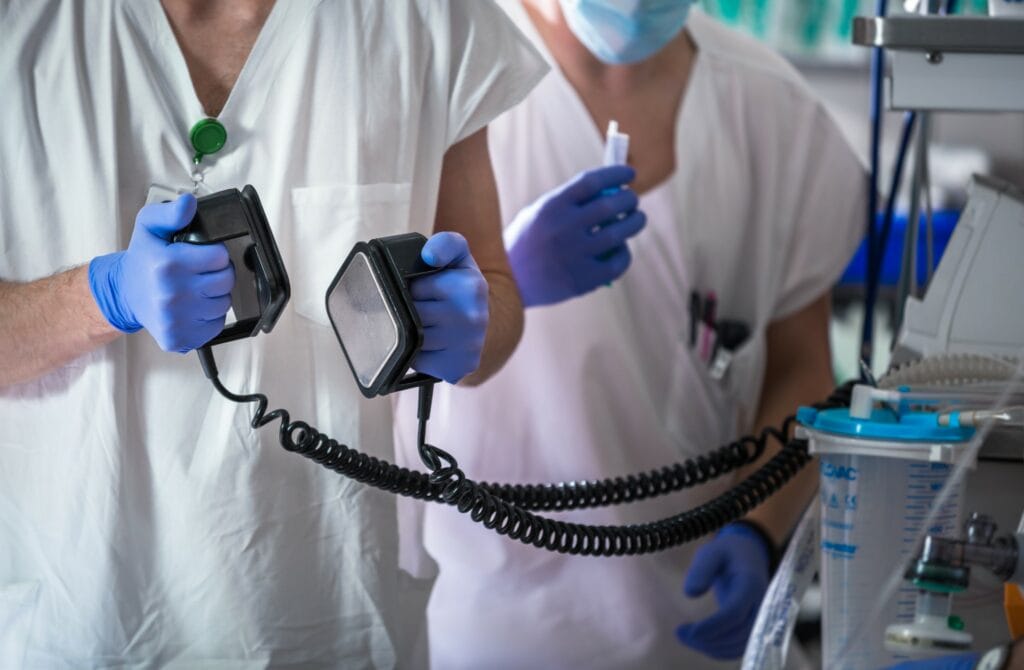
To help your heart back to its normal beat, you will be given medicine to make you sleep for a few minutes. Your healthcare professional will give your heart a tiny electric shock that stops the AFib and starts your heart beating regularly.
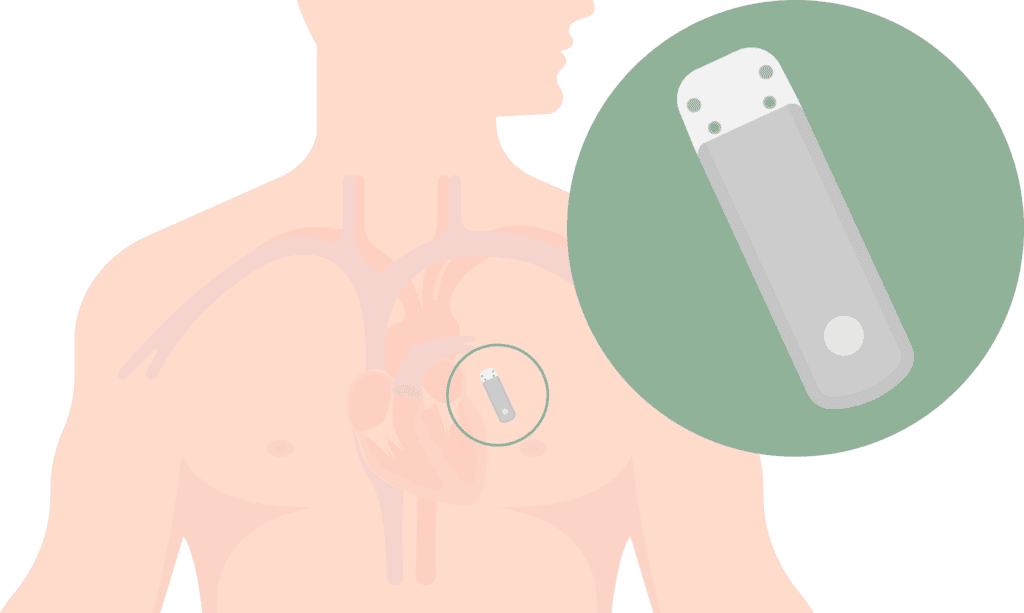
This small rectangular device monitors and records your heart’s electrical activity for up to 4.5 years. It is implanted under the skin of the chest, usually to the left of the breastbone. This device allows your healthcare professional to detect any abnormal heart rhythms (including too fast or too slow) and frequency of these occurrences. An ILR may be recommended if you have fainted, have had a stroke without any clear reason or to monitor very slow or fast heartbeats or to manage your AFib better with your medications.
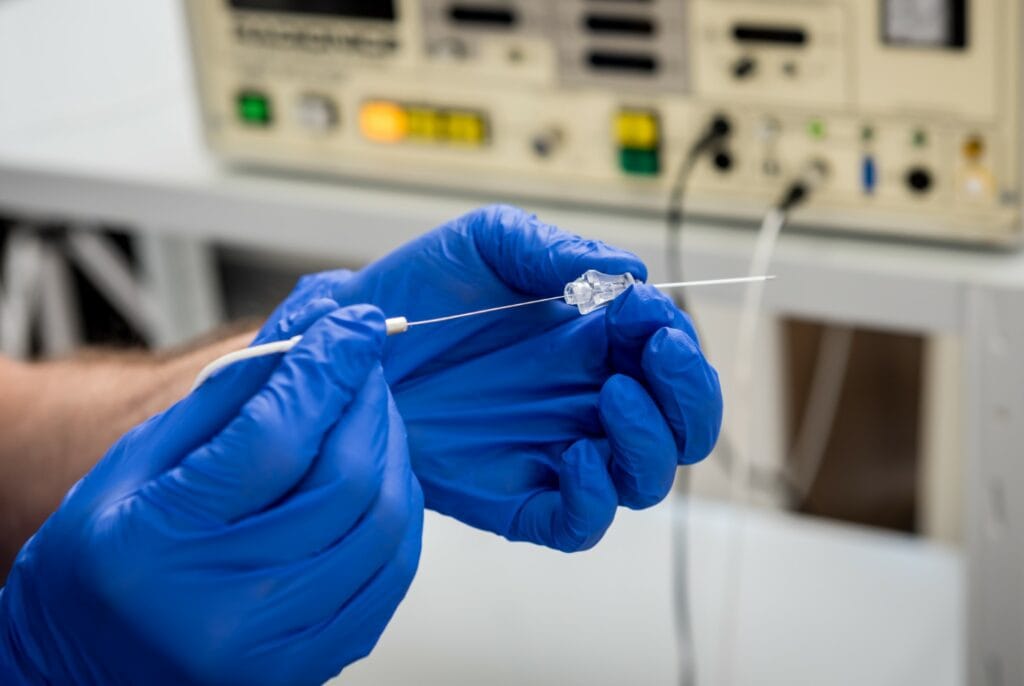
This procedure finds the heart cells that cause your AFib. Then the healthcare professional sends a signal through a thin wire straight to these cells that stops the AFib by cauterizing (burning) these areas with either radiofrequency signals or cryo (freezing).
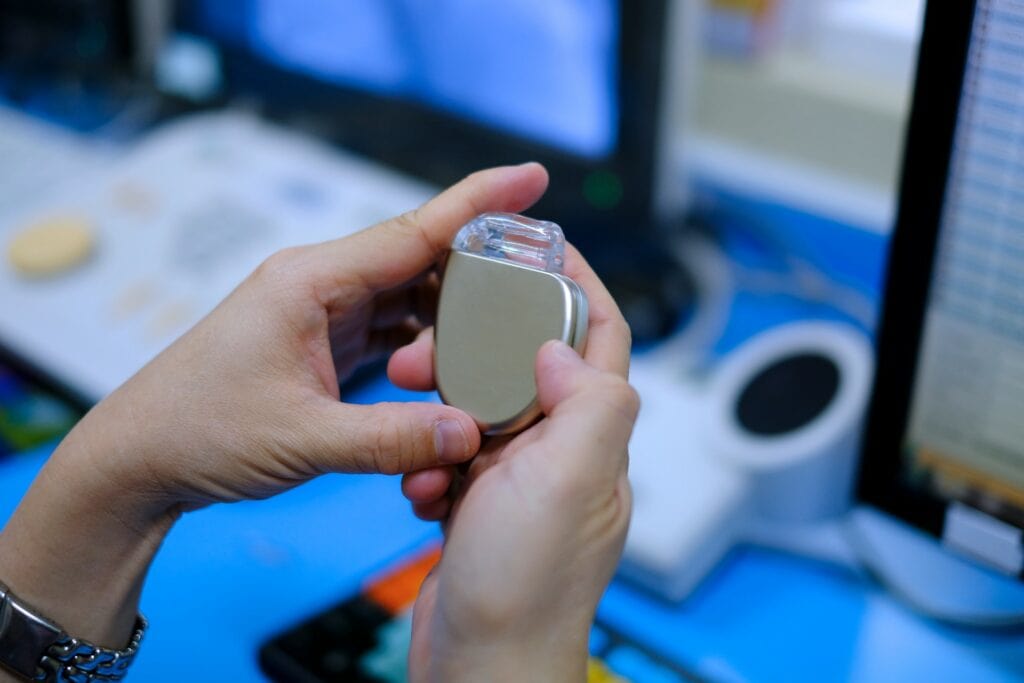
A small device inserted under the skin on your chest and has a wire or lead that goes into a vein to your heart. The pacemaker can tell when your heart is beating too slow or too fast. It helps keep the heartbeat regular and allow you to receive medicines to control any fast beats. The pacemaker will be checked regularly to make sure it is working properly. This can often be done remotely with a wireless transmitter requiring less visits to your healthcare office.
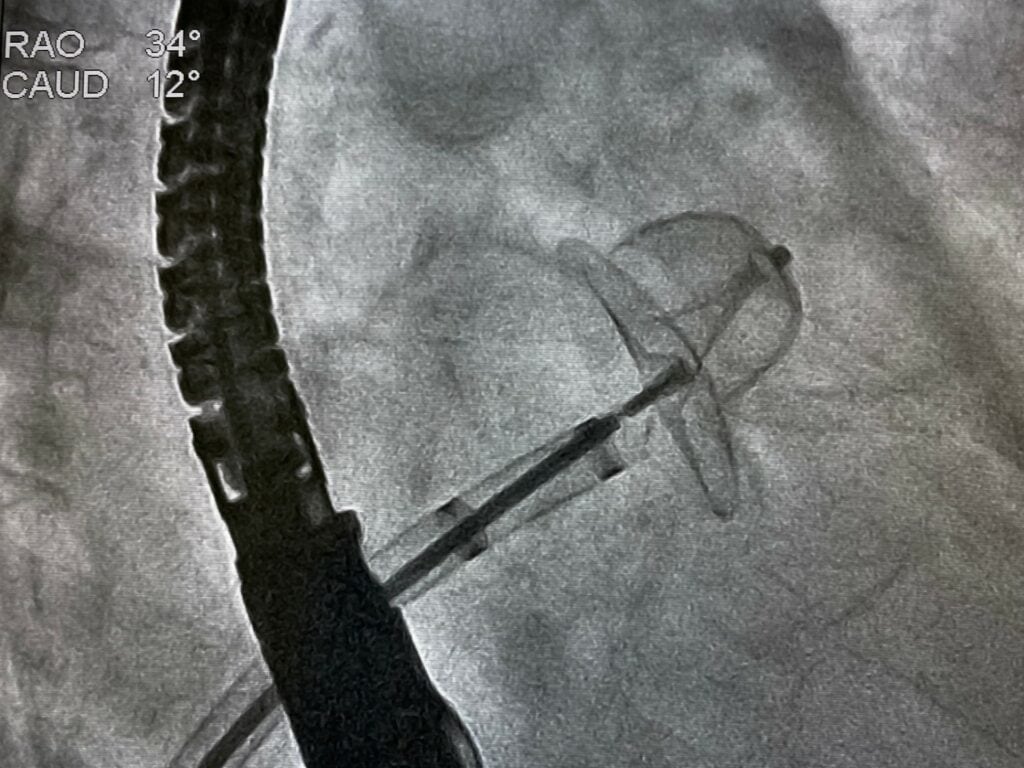
A device that can reduce the risk of stroke by closing off the left atrial appendage of the heart. The left atrial appendage is a small pouch of heart tissue that can release blood clots into the arteries which can block blood flow to the brain, causing a stroke.
These devices are often recommended for people with AFib that cannot tolerate side effects of blood thinners such as excessive bleeding.
Interactive Guide